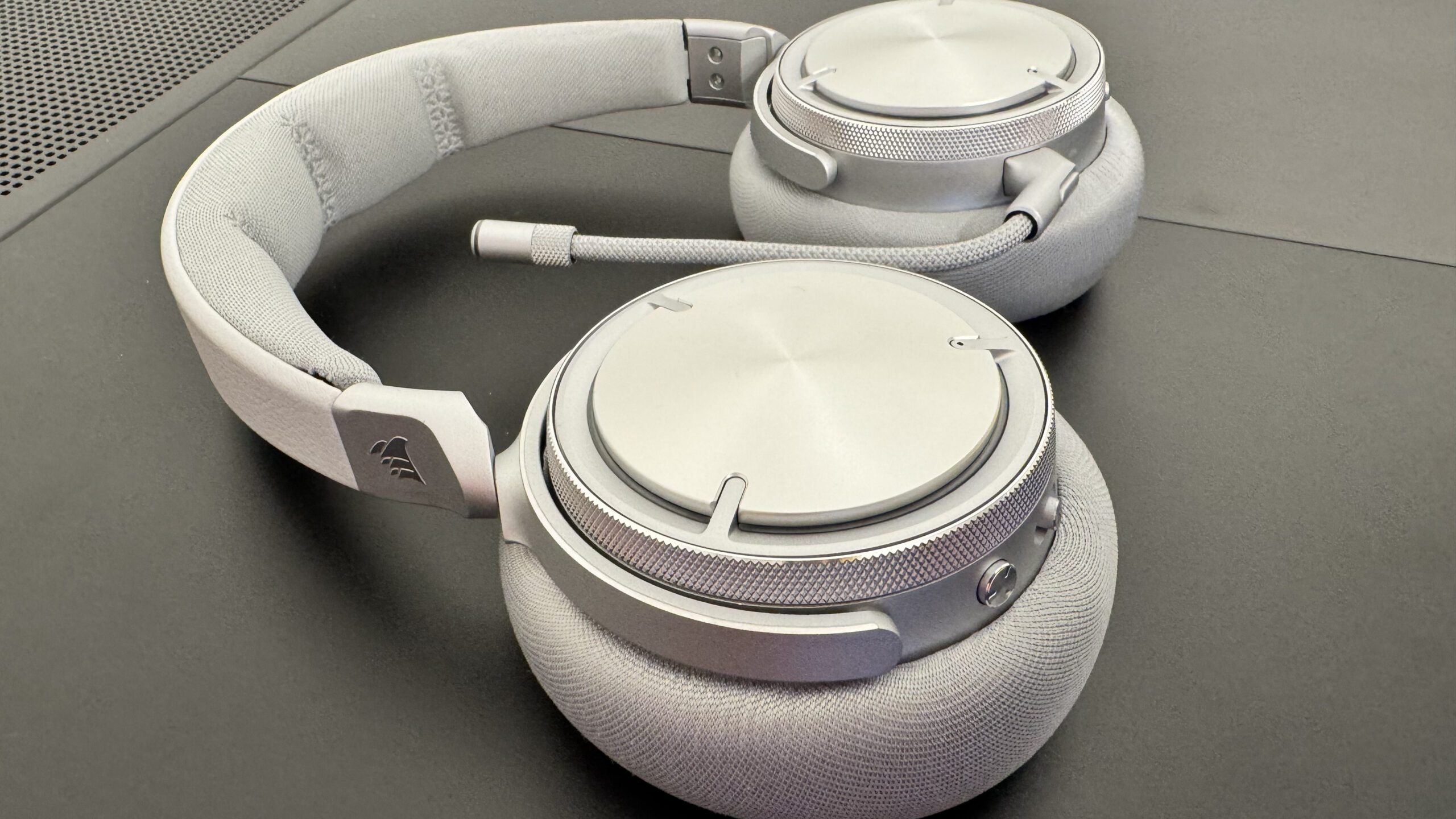It kind of makes sense why there are so many little gimmicks in the gaming space. At certain price points, you can only ever expect so much from your hardware. You therefore end up with brands doing very similar things, except with their logo slapped on the side. I like the look, feel, and sound of the Corsair Virtuoso Max but much of what it has going for it has to be compared to the competition, and that doesn’t give Corsair the best chance of coming out on top in the high-end audio battle.
One place where the Virtuoso Max does definitely stand out is the microphone. Typically, the best wireless gaming headsets don’t sound fantastic to your teammates as they often prioritise swift and accurate sound and battery life over the mic.
However, the Corsair mic sounds clear and unwavering, rarely cutting out or faltering. From my time with it, this microphone has withstood the whispers uttered below the steps of enemies in PUBG, and the inevitable shout, that comes from one of my squad hitting the wrong button and giving away our position.
Unfortunately, sidetone—the ability to hear yourself back while you speak—might not suggest just how nice this mic sounds as it’s just not great in the software. You need to practically shout to hear your own voice, which isn’t true when playing online. This sounds like a technical glitch but I can’t figure out how to make it any better, other than setting sidetone sensitivity as high as possible.
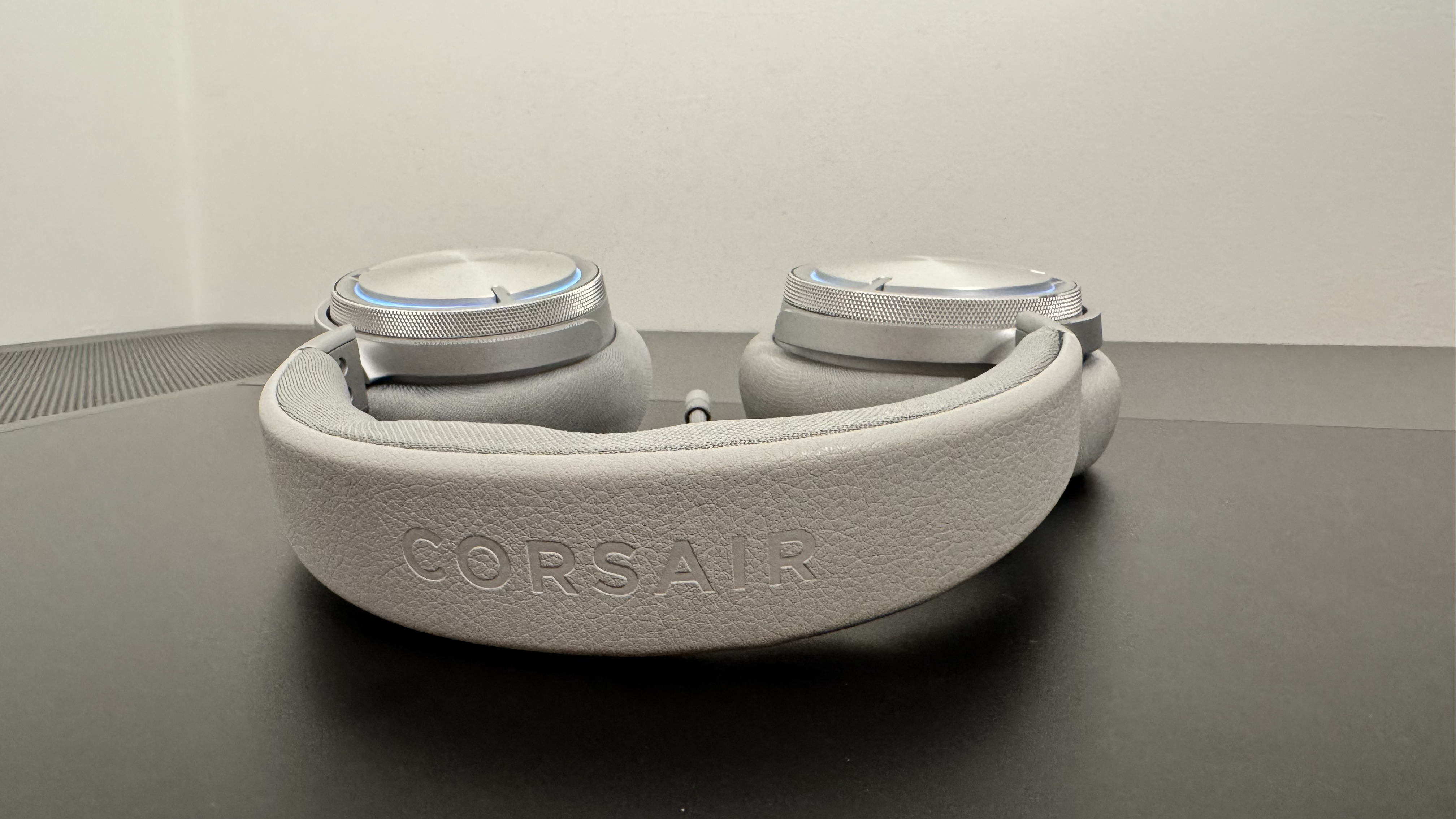
Connection: 2.4 GHz and Bluetooth
Type: Closed back
Frequency response: 20 Hz – 40 kHz
Drivers: 50 mm graphene
Microphone: Detachable, omnidirectional
Features: Active Noise Cancellation, Spatial audio, iCUE-compatible
Weight: 431 g
Battery life: Up to 60 hours (with RGB off)
Price: $330 | £279
Connectivity, while limited, is very thoughtful. On the left cup of the headphones is your on switch, which can be placed in the middle position to connect to the 2.4 GHz receiver, or all the way down to connect to Bluetooth at the same time.
A dial taking up the entirety of each cup can be used to adjust volume, with the left one initially changing the sound of the receiver’s audio, and the right changing Bluetooth volume.
This is not only very intuitive to use but also excellent for a last-minute Duolingo lesson at 11:55 PM in the middle of a gaming session. Though you can swap which ear does what in Corsair iCUE, its own software, you can’t customise it to adjust game to mic volume ratio, mic gain, or anything else you may want to control with those dials. This is a shame as a little more customisation would help out.
The Corsair software is basically necessary to really get the full use out of this kit. It controls your basic EQ functions and lighting, but also allows you to set up a custom sound ID, which tests your ears for the best volume of sound. I’ve found the EQ performs better with a slight boost in both bass and highs, leaving the mids more or less untouched.
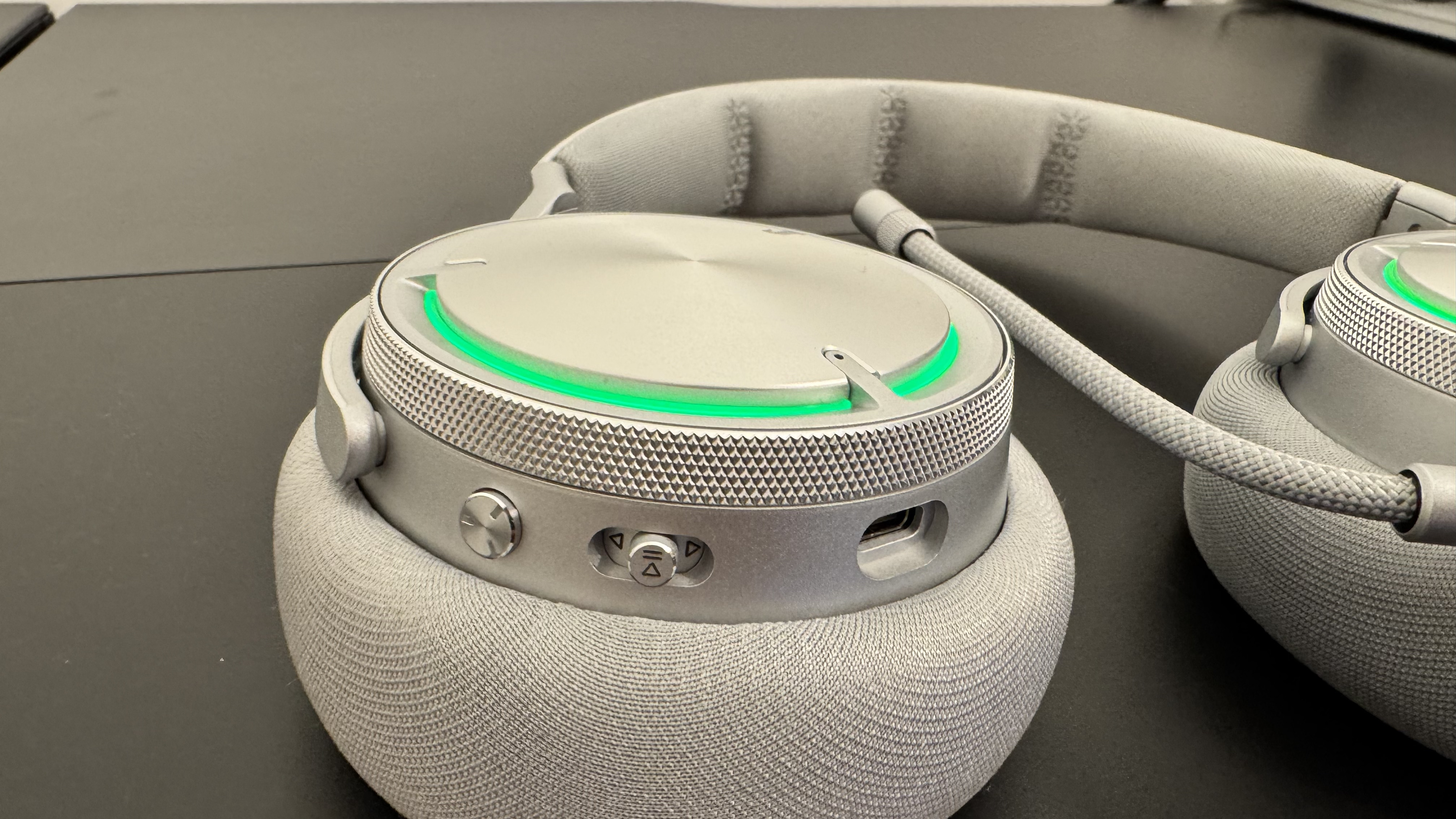
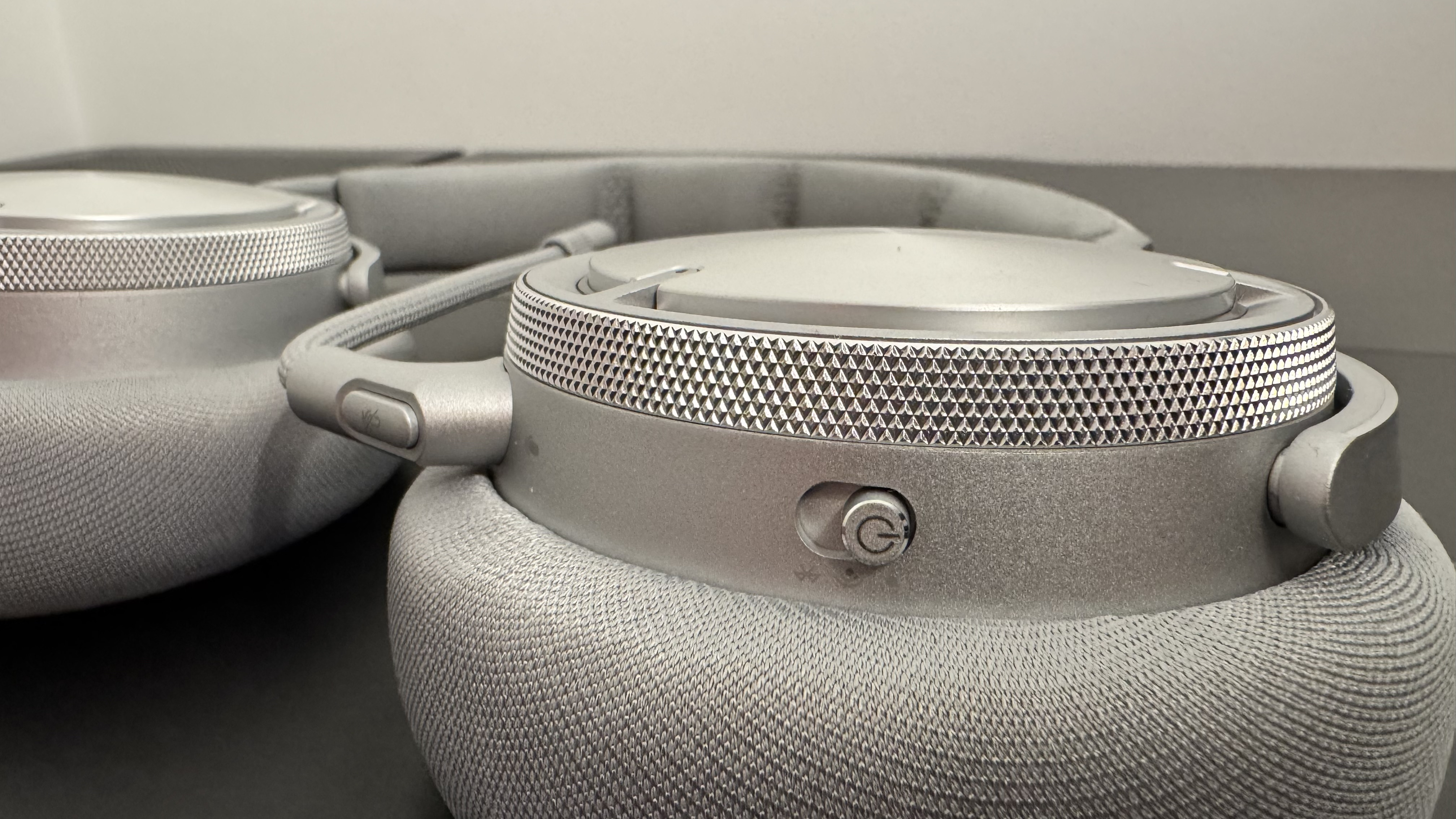
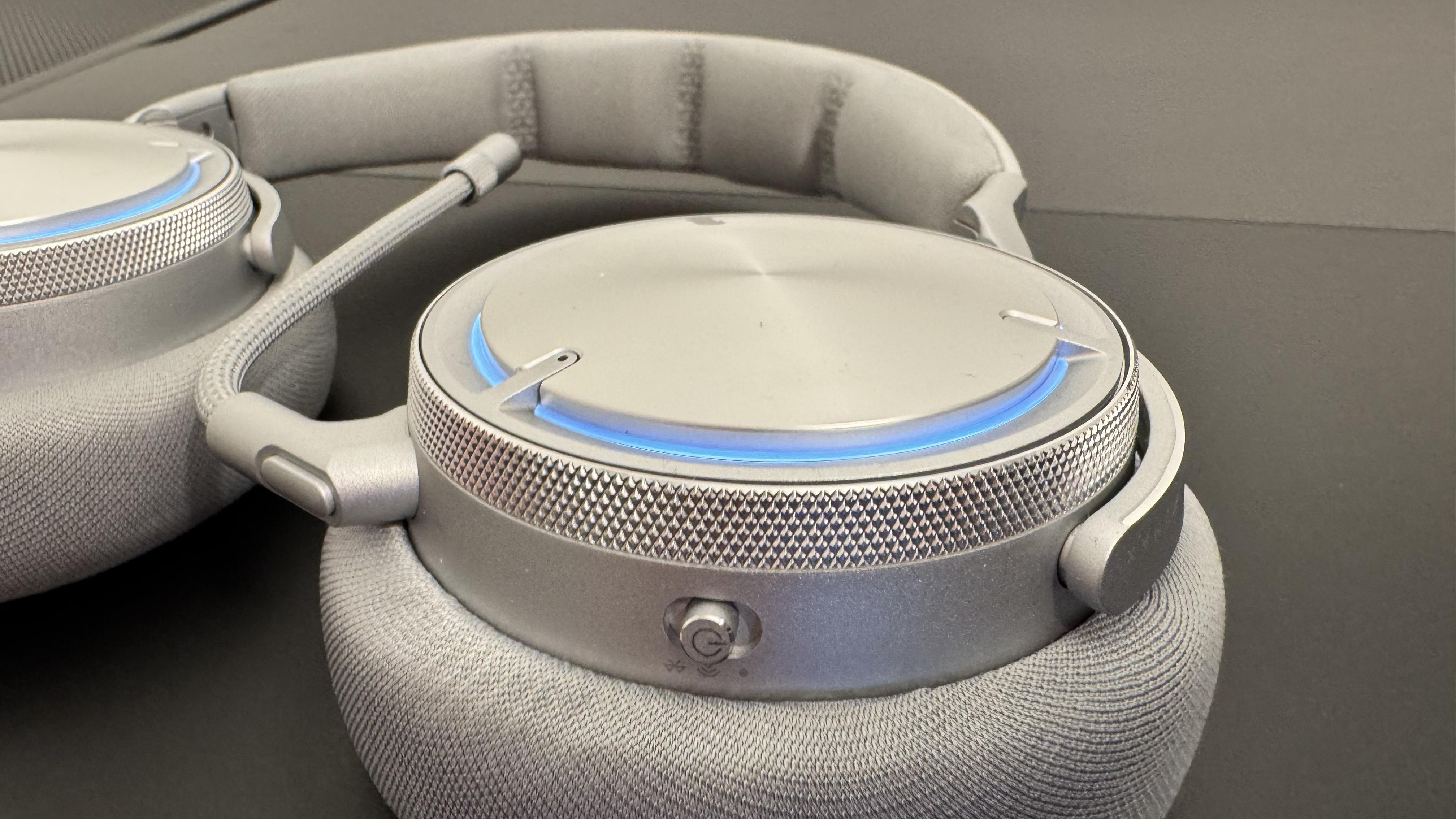
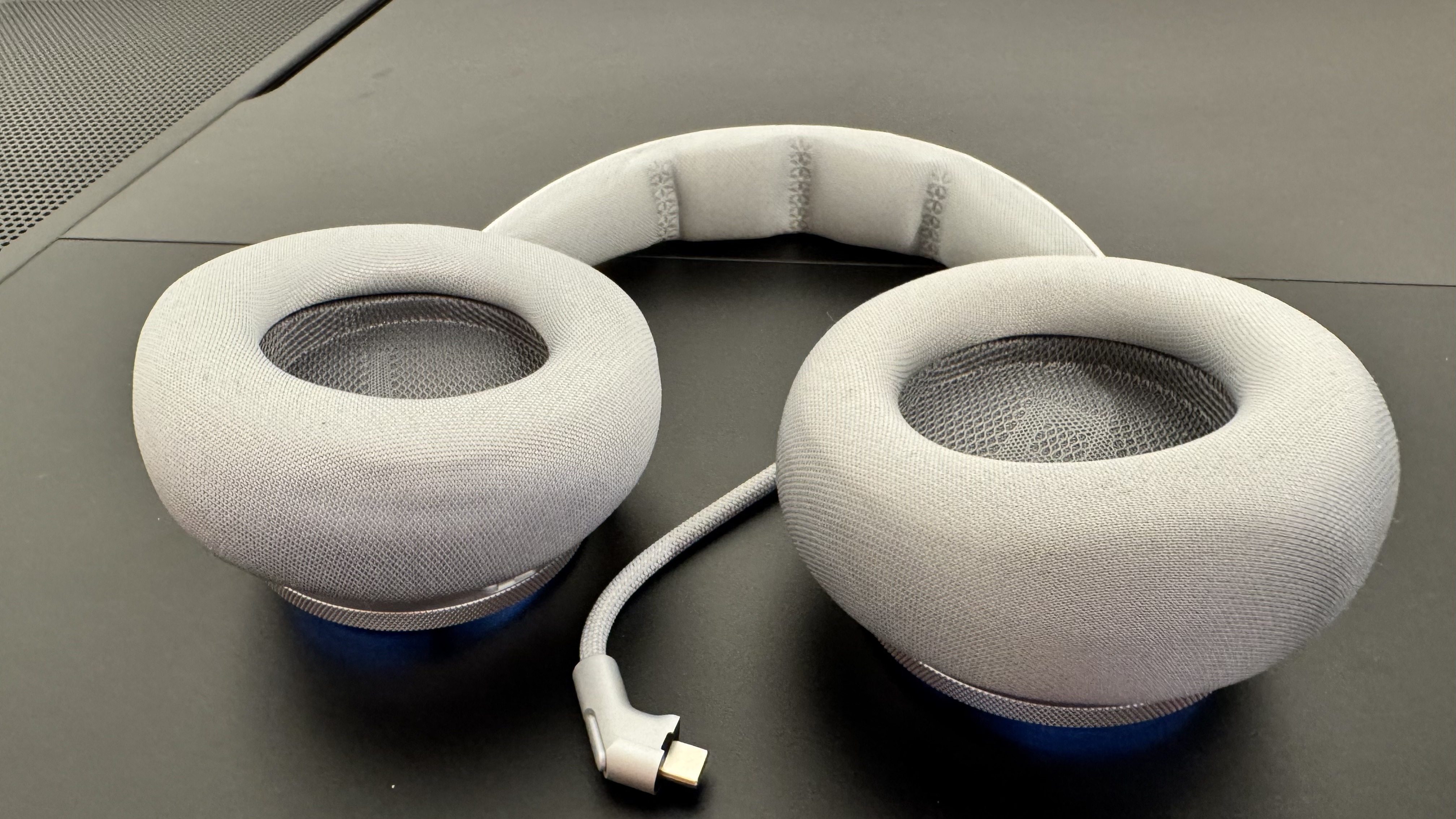
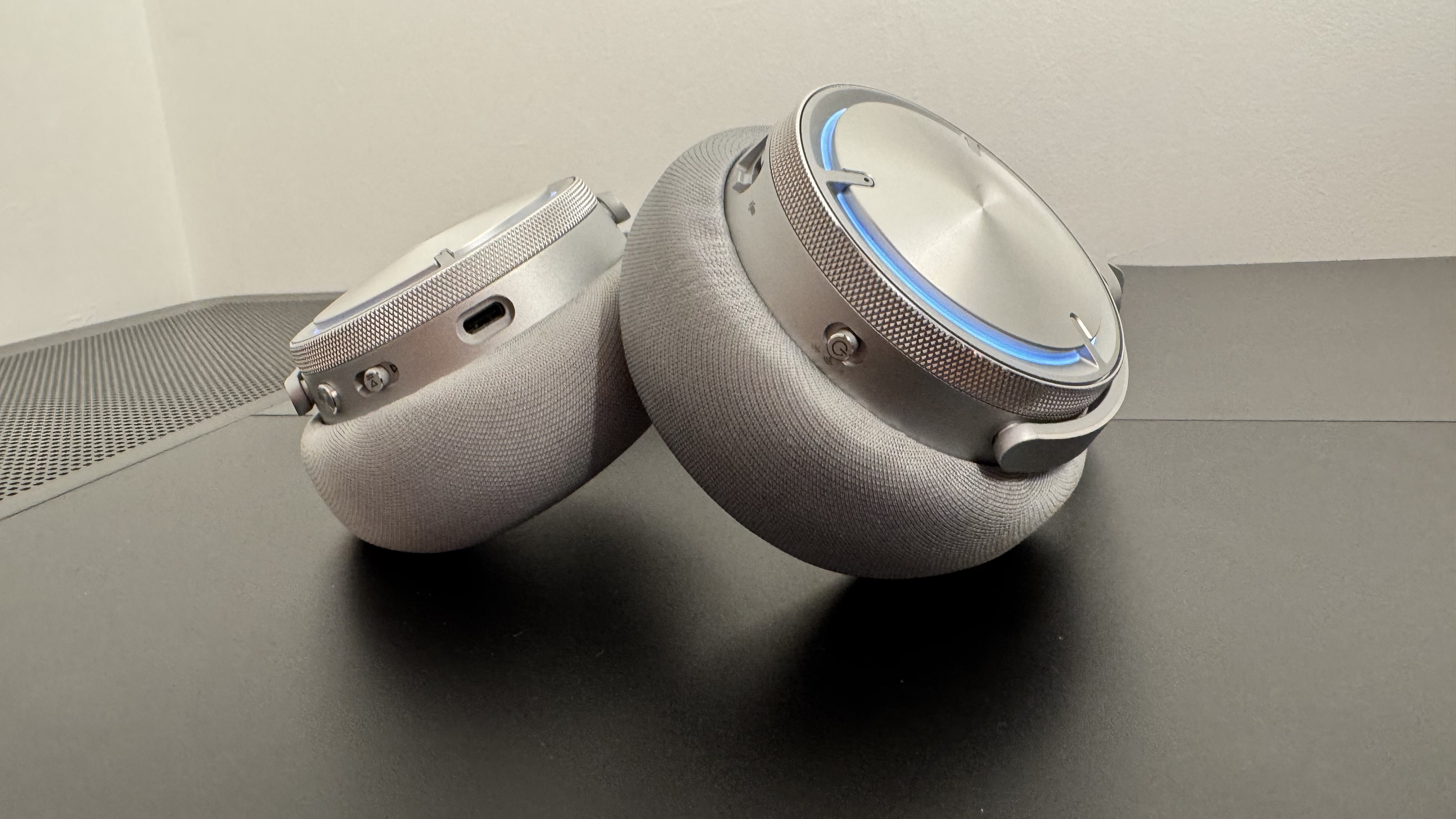
Once you have done this, the Corsair Virtuoso Max sounds great, with a very neutral sound profile. The bass is not quite as strong as the other parts though, and boosting it too much in the EQ settings sounds a bit hollow. Rather than getting that thump of a heavy low end, it approximates the feeling of that rumble instead, not sounding quite as clear as I’d like a bass to sound.
I’ve noticed this more neutral sound profile functions at its best in single-player dynamic games like the surprisingly brilliant Indiana Jones and the Great Circle thanks to its wide range of sounds. It is a more immersive headset than it is a competitive one, which means it won’t really outperform a much cheaper headset in listening for the footsteps of grunts (or well, other human beings) in Call of Duty: Black Ops 6.
But those diminishing returns are largely true of any headset over around $150. However, that sound quality is certainly clear in games intended to engross you more than they challenge you.
Not only do you notice that pretty hefty price tag of just over $300 in the mic and sound, but also in the build quality. This set of cans is super sturdy and stretching it out or moving the band, I never noticed a worrying degree of flexibility. The band itself is a combination of plastic and aluminium and stretches with ease. It’s the kind of headset you can wrap over a monitor or throw onto a sofa without worries.
Unfortunately, this rigidity is definitely a point of contention, and though it works pretty well over gaming sessions for my (rather large) skull, it is hefty, and the cushioning on the earcups is very shallow.
This means a light touch on the cushioning can feel the rigidity of the cup itself. The same is true of the band at the top of the headset. If you are a bit more sensitive to the heaviness of a headset or the rigidity of its band, this might ache you after a gaming session for more than an hour or two.
At over 60 hours of battery life with RGB off, I’ve only ever charged this headset when the idea has struck me and I’ve somehow never run its battery dry in traditional use. That RGB is mostly a superfluous but pretty addition to the headset, providing lights in the side of the cups and the mic to signify whether or not it’s muted. With my review set coming in all silver, it’s a rather pretty set of headphones too.
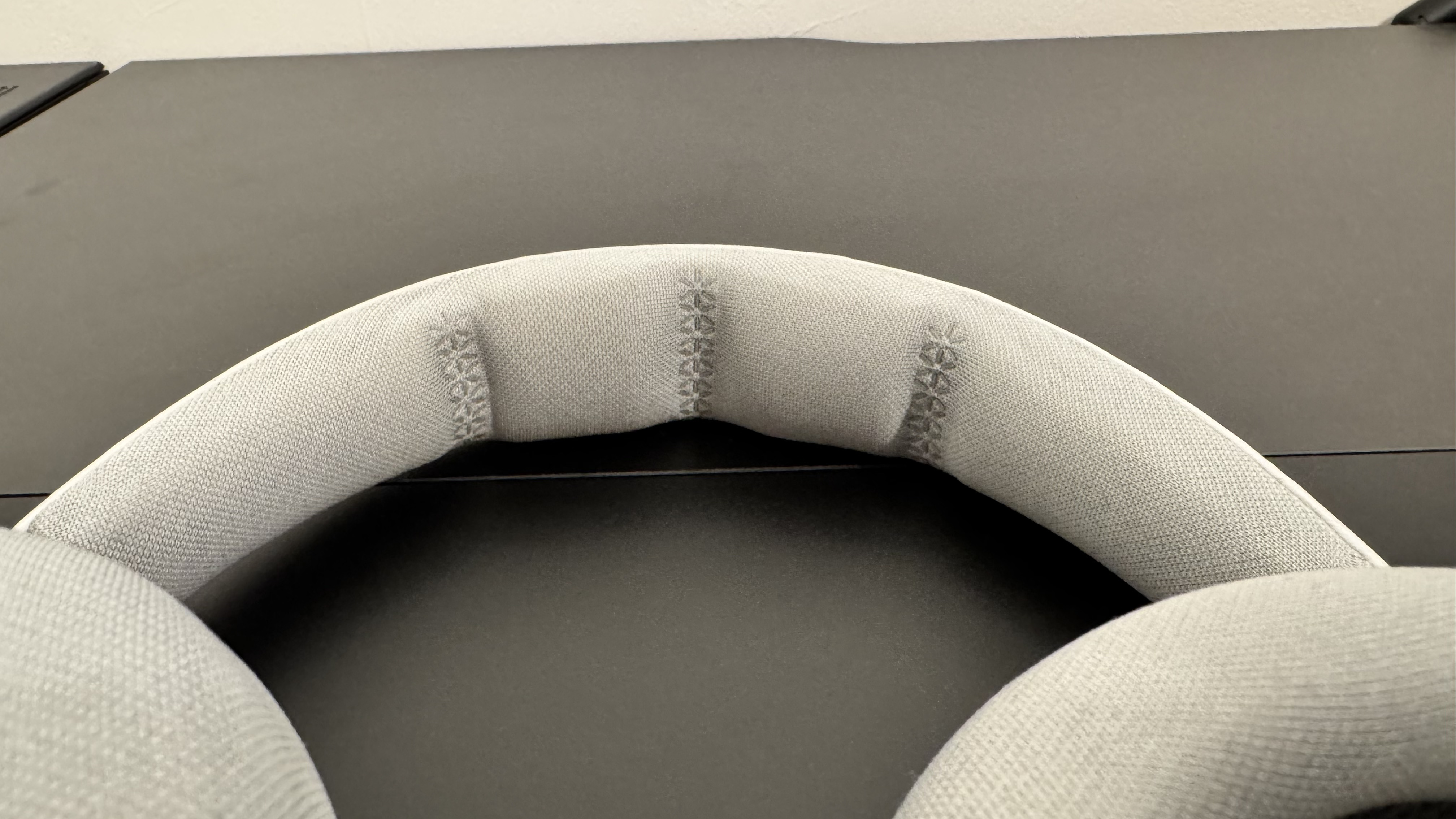
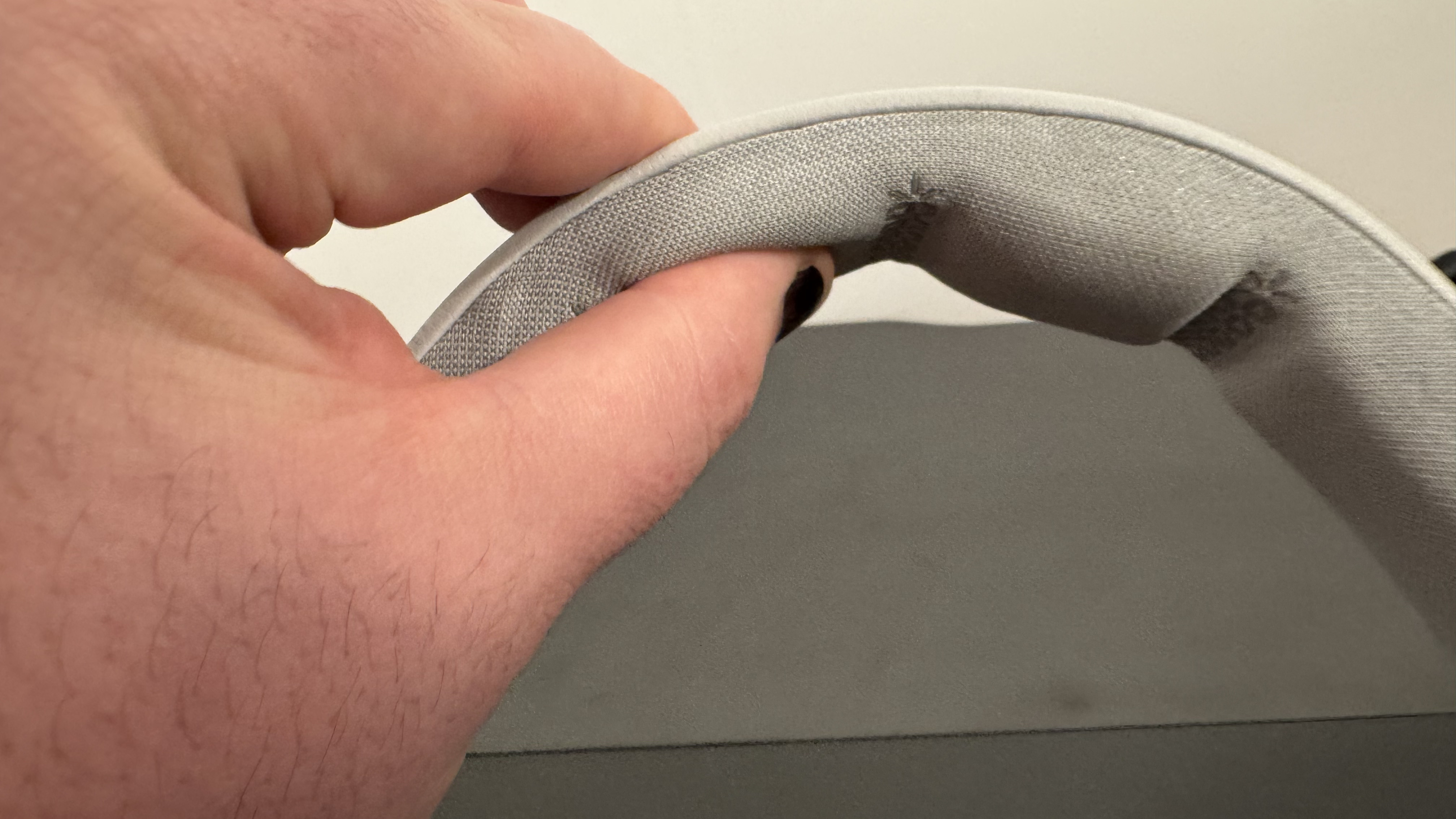
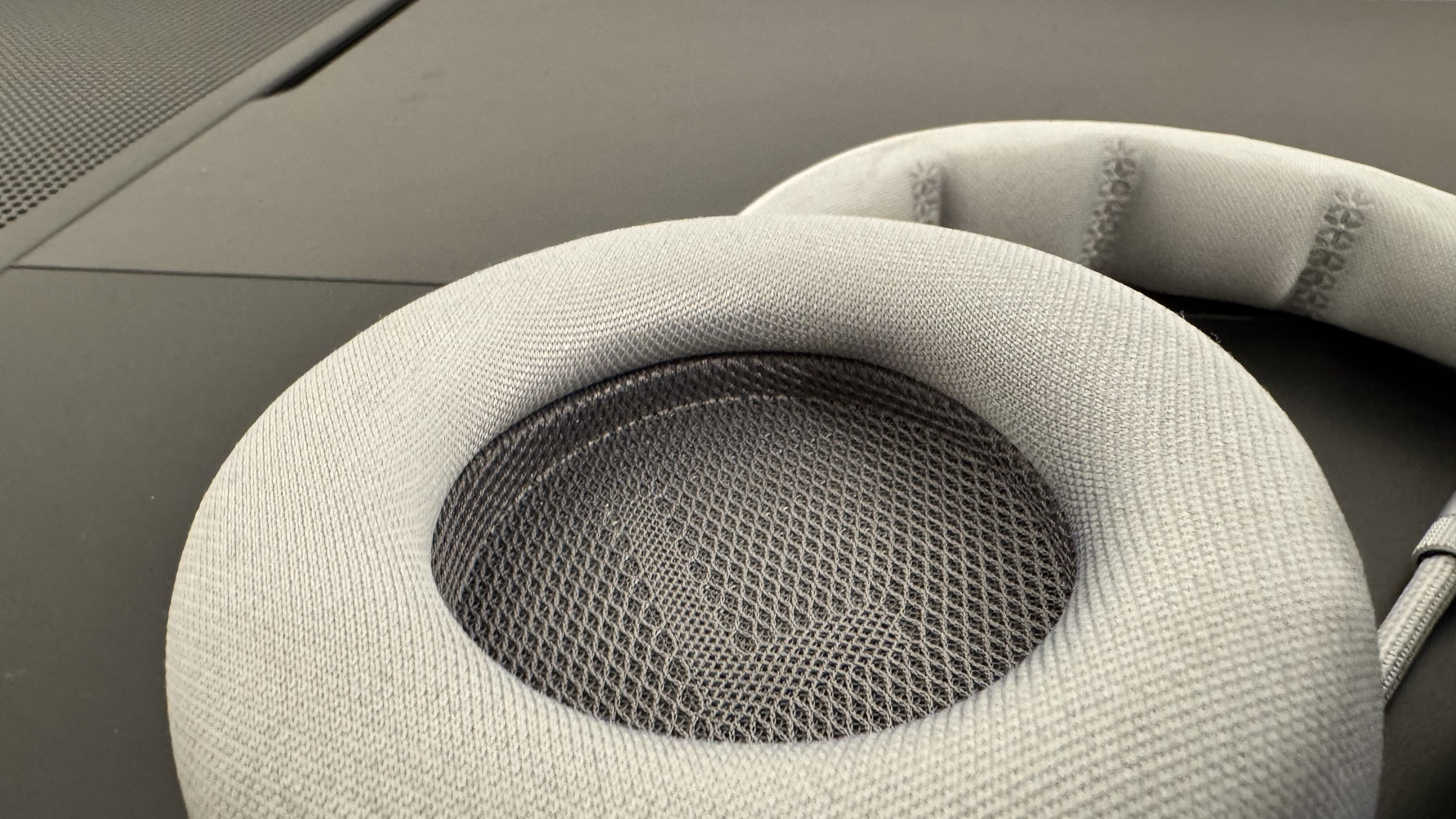






Rather strangely, the included USB-C port only works for charging, which means you can’t use this headset wired even if you wanted to. It doesn’t have an aux jack either, which means you can’t easily connect to PlayStation or Xbox in a pinch through the controllers.
The PC version does work on PlayStation, though, by plugging in the dongle and there is a version of the headset designed specifically for Xbox, but multiplatform connectivity with the same headset is impossible.
When connected to a PC and your phone, everything feels rather natural. You can swap between customised EQ modes by hitting the custom button in the right earcup and holding that down swaps from standard hearing to active noise cancelling to transparency mode, which is intended to let in outside sounds while you play.
Unfortunately, while the ANC mode very naturally hides sounds from around you, the transparency mode isn’t quite as clear or consistent as I would like. It’s not bad but not quite great either.
The Corsair Virtuoso Max show off their quality in sound design, mic quality, and sturdiness but this is both a blessing and a curse as it’s quite rigid. It also has a high price tag to accompany it. Not doing anything majorly wrong but not standing above its competition, the Virtuoso Max is a set of cans I rather like, but not quite enough in any one area other than maybe mic quality and Bluetooth connectivity.







